Best Food Delivery Software for Restaurants in 2025
Advertisement
Food delivery isn’t just about bringing meals to doorsteps anymore—it’s now a digital operation where timing, accuracy, and customer satisfaction all rely on the software you use. Whether you’re running a small local kitchen or managing deliveries for multiple outlets, the right tool can make your life easier and your service smoother. But with so many names floating around, which one actually works best for your needs? Let’s explore a range of options, each known for something different.
What Is the Best Food Delivery Software?
1. Toast POS
Toast is a favorite among restaurants because of that. It's constructed specifically with food services in mind, and it has features aimed at exactly the way delivery services and kitchens tend to work. From actual orders in real time to the dispatching of drivers, Toast allows you to order everything you desire in one place. Its report card is fine, and it syncs conveniently to your back-office operations so that you are not toggling around apps mid-swing.
2. Square for Restaurants
Square has always been about simplicity, and its restaurant platform carries the same idea. You get an interface that’s easy to learn, which is perfect for teams that don’t want to sit through long training sessions. It handles orders from different sources—like your own site, delivery apps, or phone calls—and pulls them into one place. It’s especially useful for smaller spots looking to keep costs down without missing out on key features.
3. ChowNow
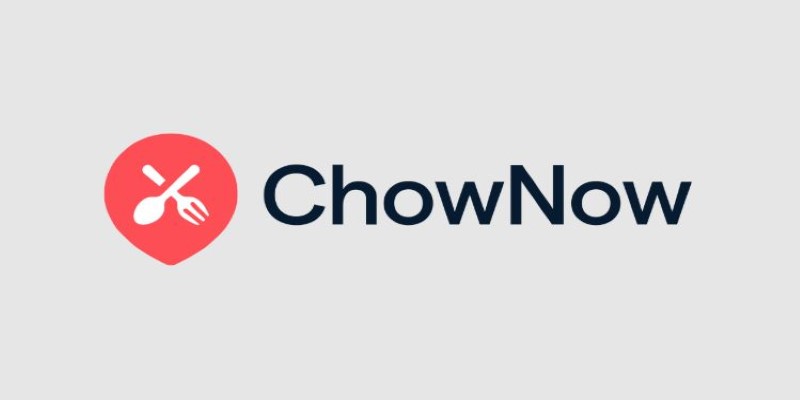
What makes ChowNow stand out is its focus on helping restaurants take back control from third-party delivery services. Instead of charging high commission fees, it offers a fixed monthly rate and allows you to create a branded ordering experience. Your customers can order directly from your website or app, and you keep more of the revenue. It’s best suited for places that already have a loyal customer base and want to keep it that way.
4. GloriaFood
GloriaFood leans into convenience. It lets restaurants set up an online ordering system for free, which makes it appealing for new ventures. The interface is simple, and you can embed the ordering menu directly into your existing website or Facebook page. While it's not as deep in terms of features as others on this list, it nails the basics well and works great for small or mid-size restaurants looking to get up and running quickly.
5. Deliverect
Deliverect doesn’t offer a front-end ordering app—it’s all about back-end management. It links your POS with food delivery platforms like Uber Eats, DoorDash, and Grubhub. If you’ve been juggling orders from different platforms and it’s causing chaos in the kitchen, Deliverect brings everything into one feed. That means fewer mistakes, faster prep times, and more organized delivery queues.
6. Flipdish
Flipdish helps restaurants own their digital ordering experience. From apps to web-based menus, it gives you all the tools to run direct ordering while also helping with marketing and loyalty programs. It’s a smart pick for those looking to build long-term relationships with their customers through custom branding and repeat order features.
7. BentoBox
BentoBox is less about delivery logistics and more about helping restaurants run a smooth, customer-friendly online presence. It combines ordering, catering, and gift card options in one place, wrapped into a polished website design. It's ideal for businesses that want to improve their digital storefront while managing a steady flow of online orders.
8. Cuboh
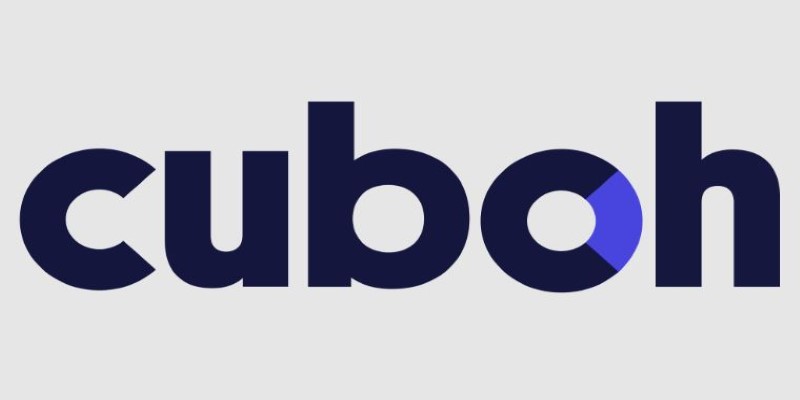
Cuboh streamlines delivery orders from various platforms into a single system. That means no more checking separate tablets for each delivery service. It reduces delays, errors, and kitchen confusion. Its strength lies in simplicity and speed, especially useful during rush hours when mistakes are most likely to happen.
9. Otter
Otter focuses on coordination. It gathers orders from multiple delivery platforms into a single dashboard, so your staff doesn't have to switch between screens or devices. The layout is clean, the setup is fast, and it works well for places that get swamped with third-party delivery traffic. You can track delivery times and order status and even monitor cancellation trends all in one view. If you're seeing dropped orders or late tickets because of platform juggling, Otter makes things easier to follow and less prone to error.
10. Restolabs
Restolabs is designed for restaurants that want to run their own ordering system without needing to build from scratch. It offers a plug-and-play ordering widget for your website, real-time syncing with your kitchen, and the option to accept multiple payment methods. What makes it attractive is how it integrates with loyalty programs and marketing tools. For places trying to bring customers back and keep online ordering under their control, Restolabs gives you the tools to do that without leaning on third-party apps.
How to Use a Food Delivery Software?
Now that we've covered a solid lineup of food delivery tools let's focus on one that checks most boxes for reliability, flexibility, and ease of use. In this guide, we'll zero in on Toast POS, which many in the industry regard as the most balanced platform for managing both dine-in and delivery operations.
Start by customizing your delivery zones and fees. This isn’t a default you should breeze through. Map out the neighborhoods you serve most often and set a clear radius—Toast allows you to do this within its delivery settings. Assign different fees if needed, like a flat rate within a 3-mile radius and a slightly higher one beyond that. It helps keep delivery time realistic and cost-effective for both sides.
Next, focus on syncing Toast with your kitchen flow. Use the order routing features to send online orders directly to the kitchen display system (KDS) in the correct prep station—whether that’s for burgers, pizzas, or salads. Group similar orders together during peak hours using the batching function. This lets you prioritize based on prep time and delivery route, cutting down wait times and avoiding driver pileups at the counter.
Conclusion
There isn't one food delivery software that fits everyone perfectly, but Toast POS gets close by offering flexibility without overcomplicating things. If your goal is to run delivery operations with fewer delays, smoother handoffs, and clearer communication between the front and back of the house, this tool is worth a serious look. The right setup doesn't just support your delivery— it helps sharpen every step of the process.
Advertisement
Related Articles

How to Check Instagram Analytics and Optimize Your Social Strategy: A Guide
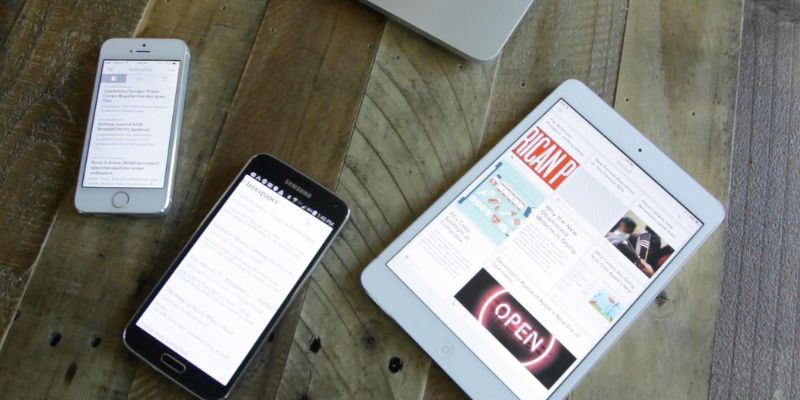
The 4 Best Read It Later Apps to Save Content and Stay Organized

Shop Smarter Online with These 10 Deal-Finding Websites
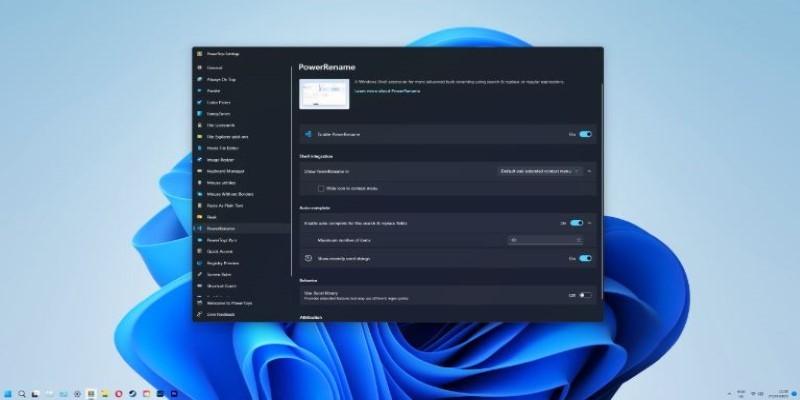
Top Bulk Rename Tools for Windows That Save You Time
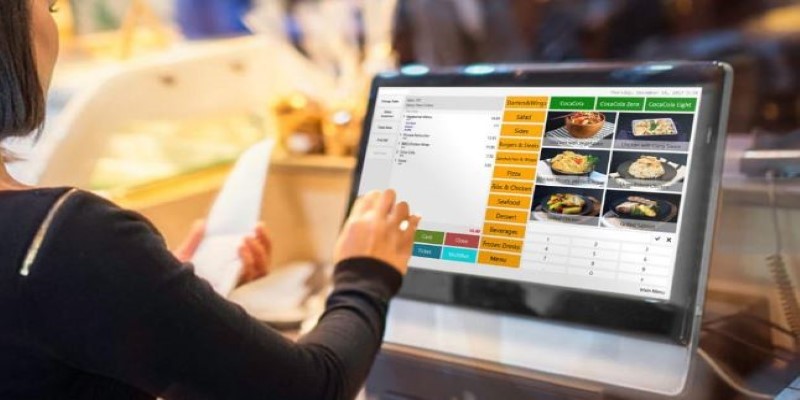
Best Generative AI Platforms for Creative Work in 2025
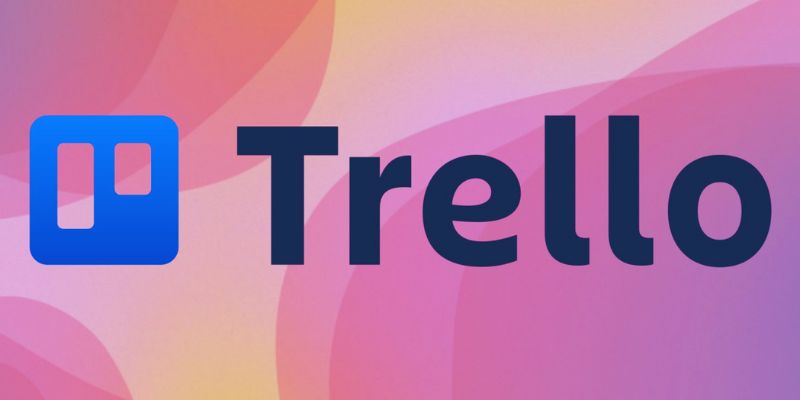
Master Trello: How to Create Recurring Tasks for Seamless Organization
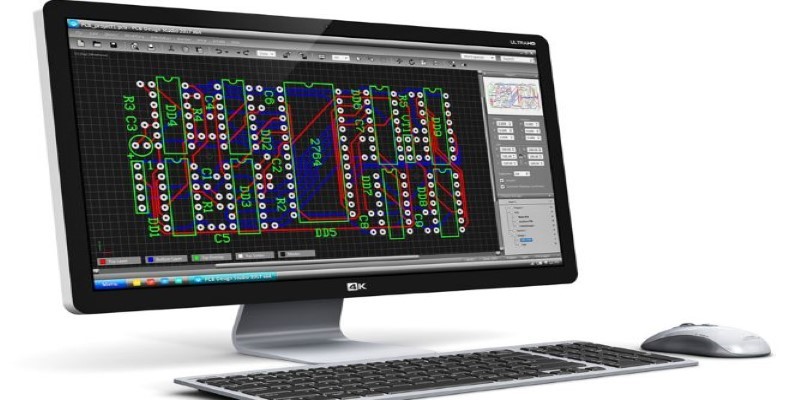
Best PCB Design Software to Streamline Your Workflow
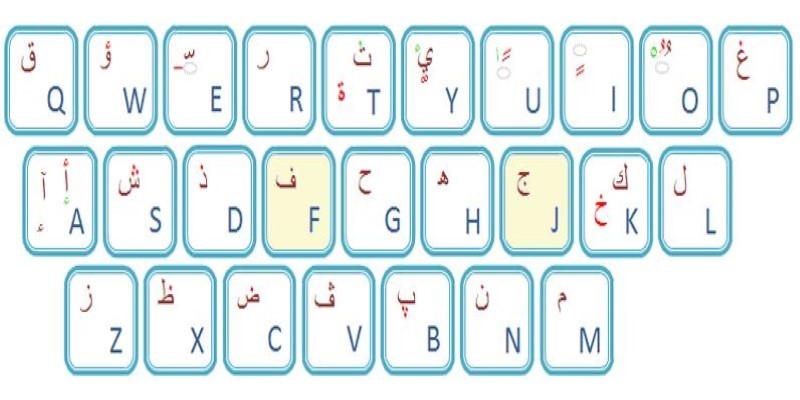
Top Arabic Keyboard Layouts for Typing on Windows
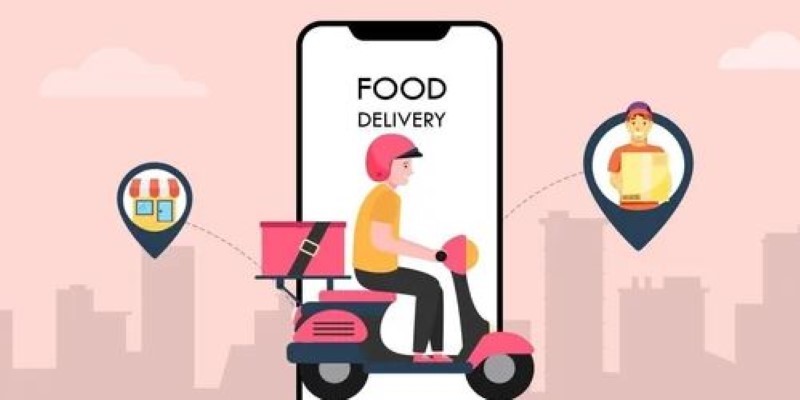
Best Food Delivery Software for Restaurants in 2025
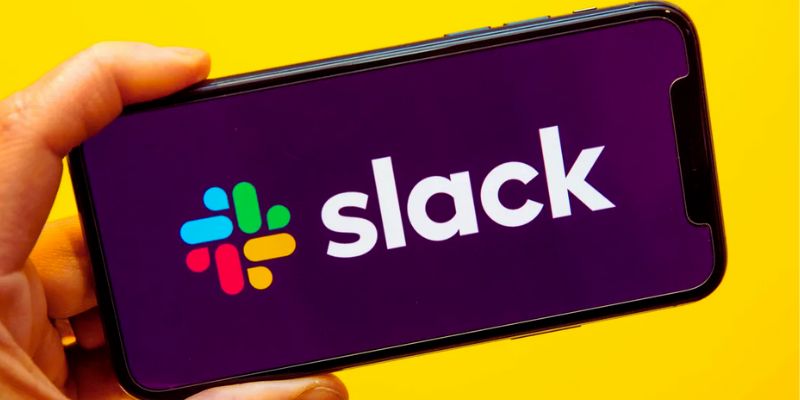
How to Create and Manage a Slack To-Do List for Seamless Collaboration
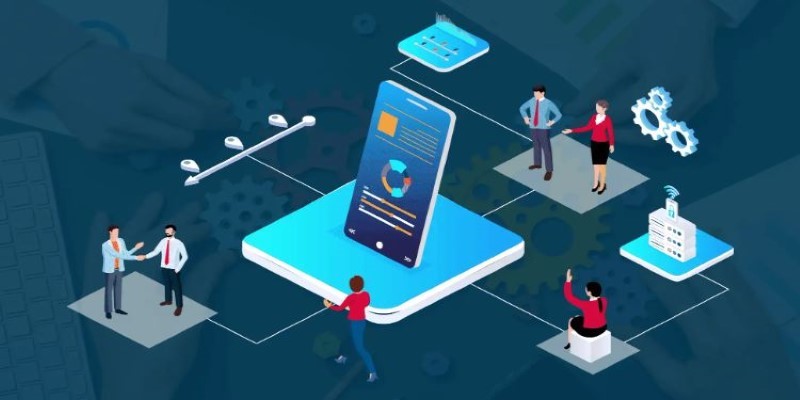
Top 10 Sales Force Automation Apps for the Retail and CPG Industry
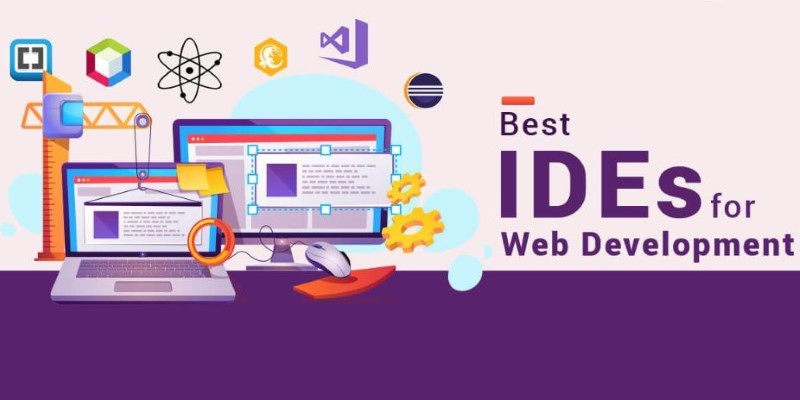
 knacksnews
knacksnews